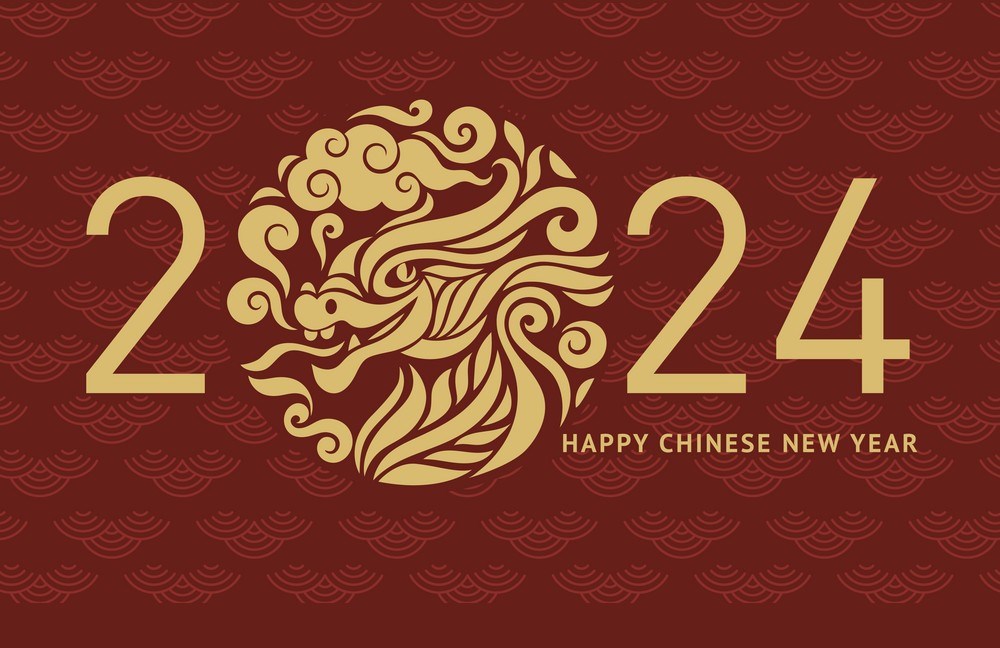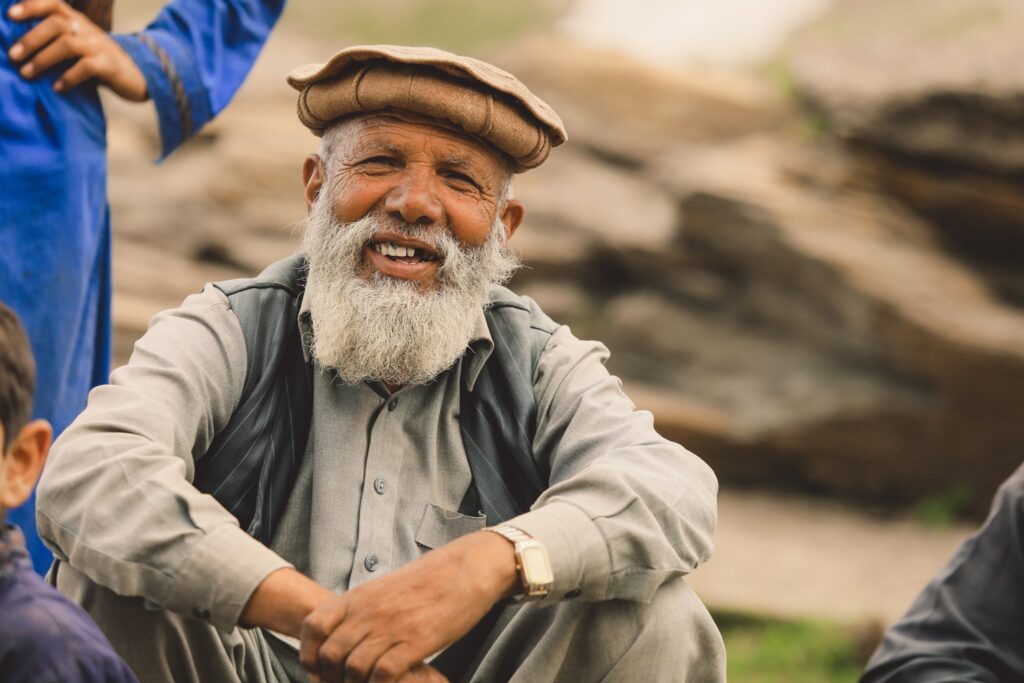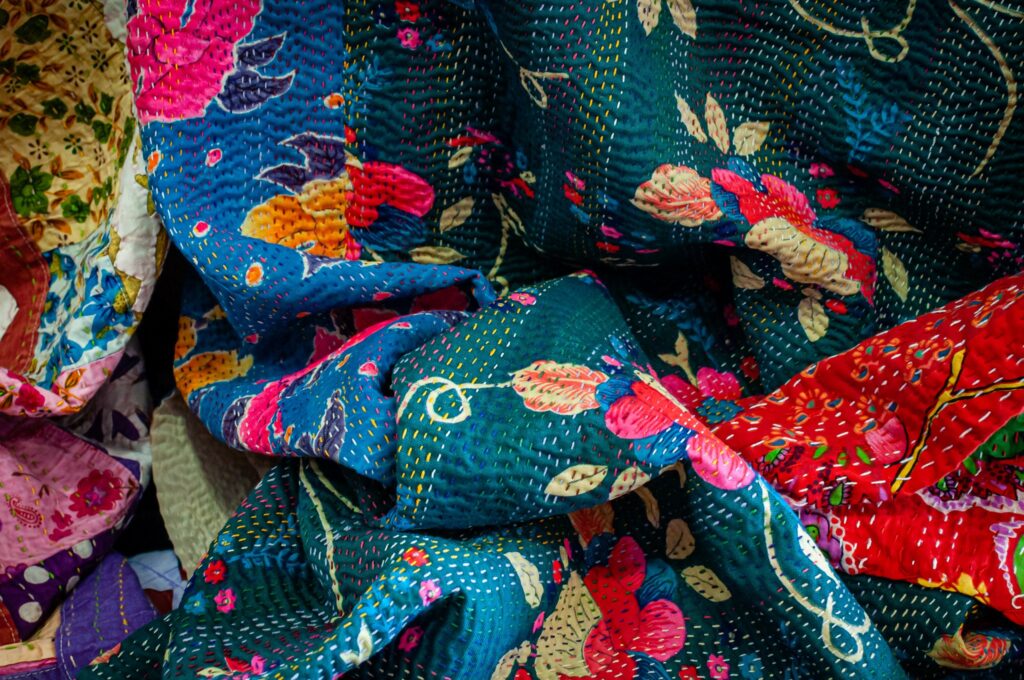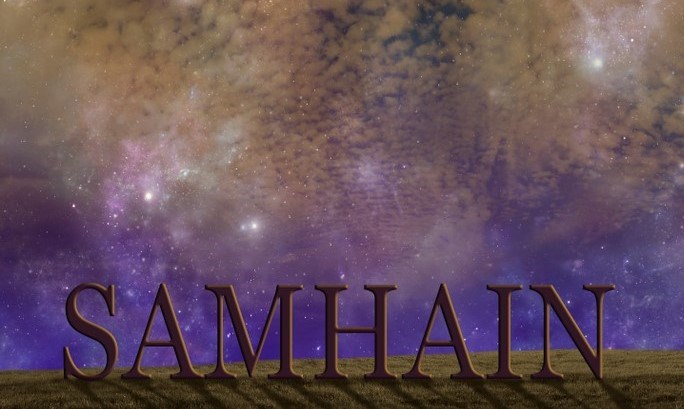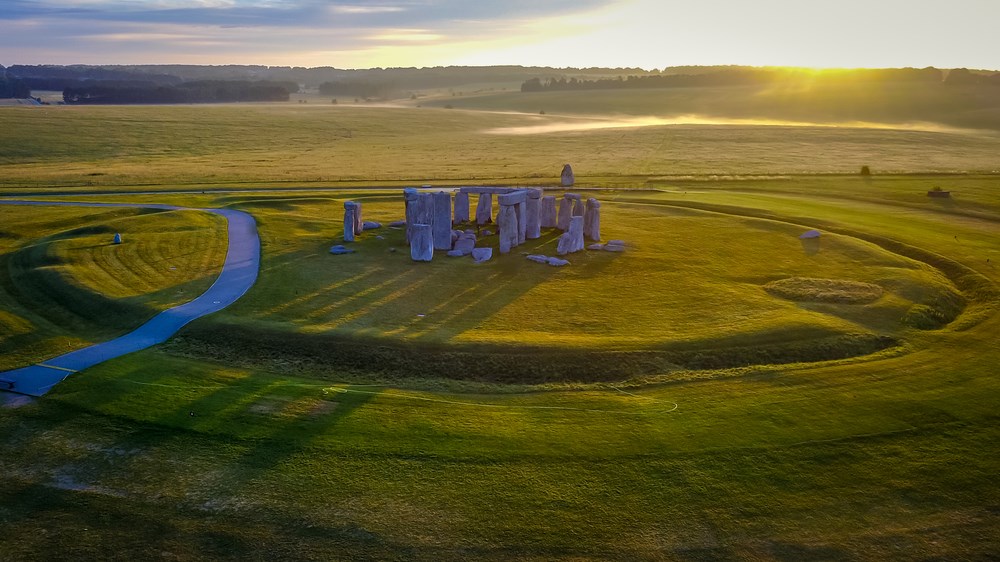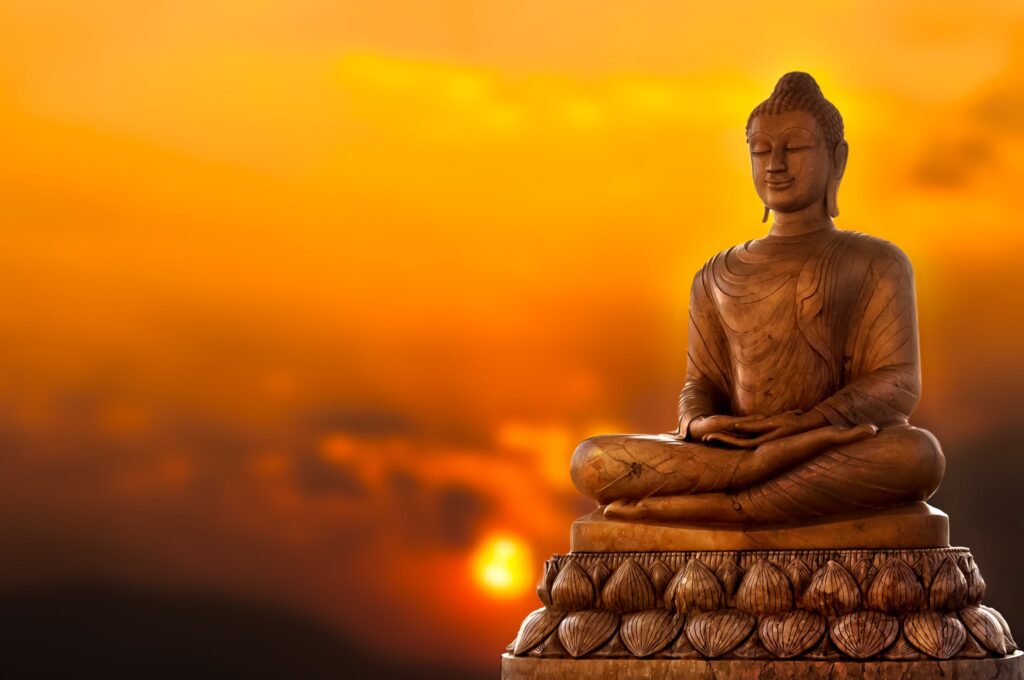
Vesak, the International Buddhist Day
Vesak Day is celebrated on the day of the full moon in May. This date has been recognised by the United Nations as the holiest day for millions of Buddhists around the world, as it coincides with the birth of the Buddha more than 2,500 years ago in 623 BC.
It was also on this day of the full moon in May that Buddha attained enlightenment and also on the day of his death at the age of 80.
It is a tribute to the contribution of Buddhism to the spirituality of humanity.
Millions of people follow Buddha’s teachings of peace, love and compassion and celebrate his birth, enlightenment and passage into eternity. This celebration has been practised since 1950, during a conference of the World Fellowship of Buddhists (WFB).
As the Buddhist calendar is lunar, no fixed day was set, but it was decided to celebrate on the full moon of May, being this year on May 16th.
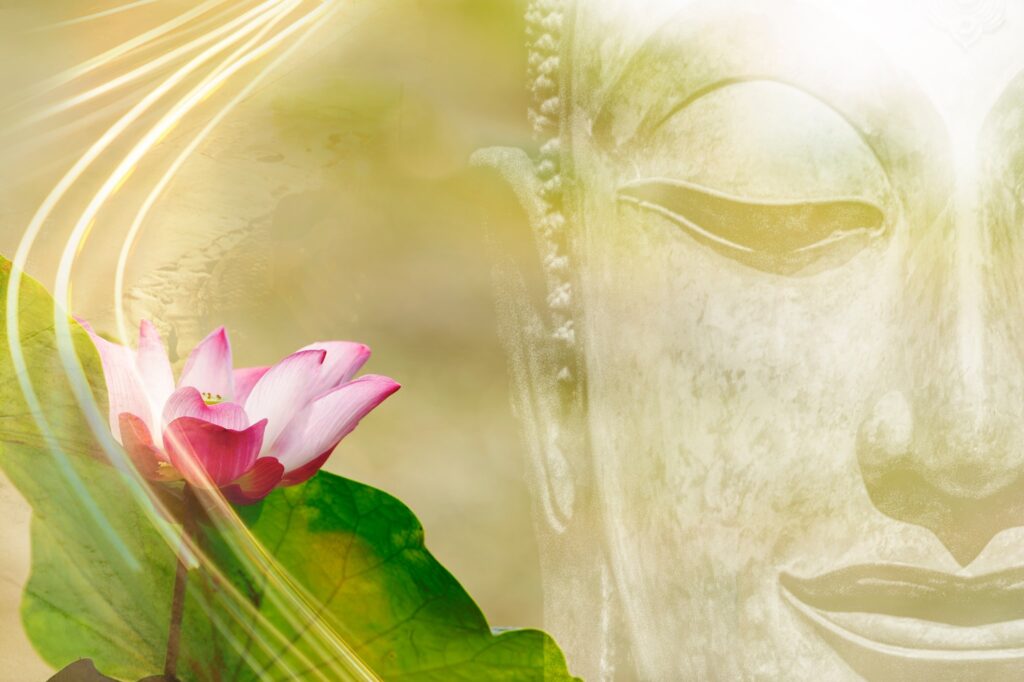
How to celebrate Vesak
According to tradition it was the Buddha himself who gave instructions to celebrate this day. There is a short fable for this. On the day Buddha was about to die, he saw his faithful servant weeping. Buddha advised him not to weep but to understand the universal law that all things are impermanent, including his own body.
He advised people not to weep over the extinction of the physical body but to follow his teachings, known as the Dharma, because only these are eternal and permanent.
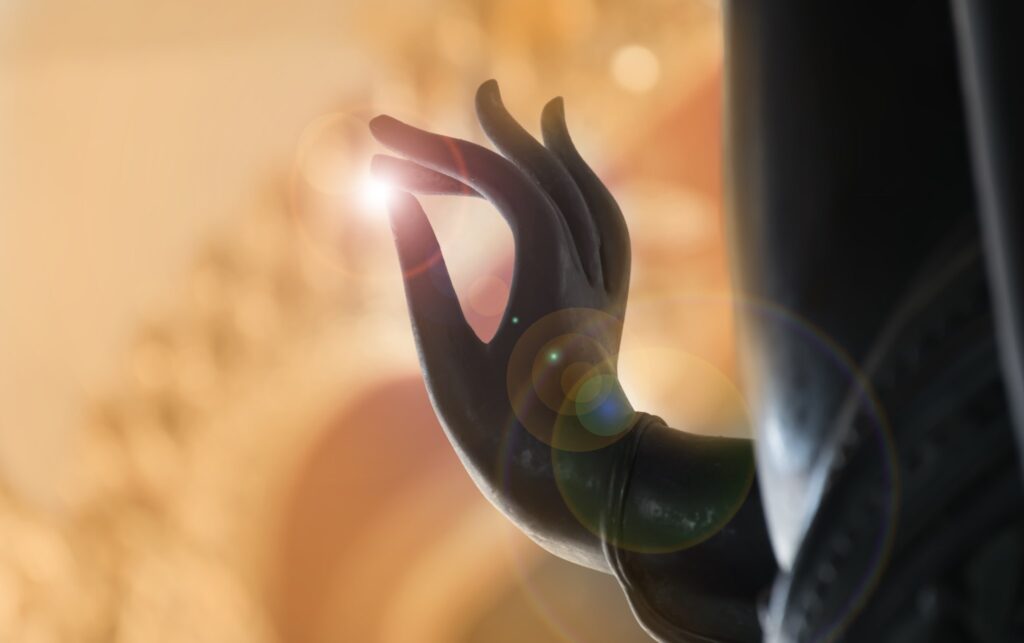
He also said not to pay homage to him with offerings of flowers, incense and lights but to work to follow his teachings, trying to lead a noble life and practising goodness.
Vesak Day is a bank holiday in all Asian countries where Buddhism is present, although it is celebrated all over the world.
See our Buddhist collection

